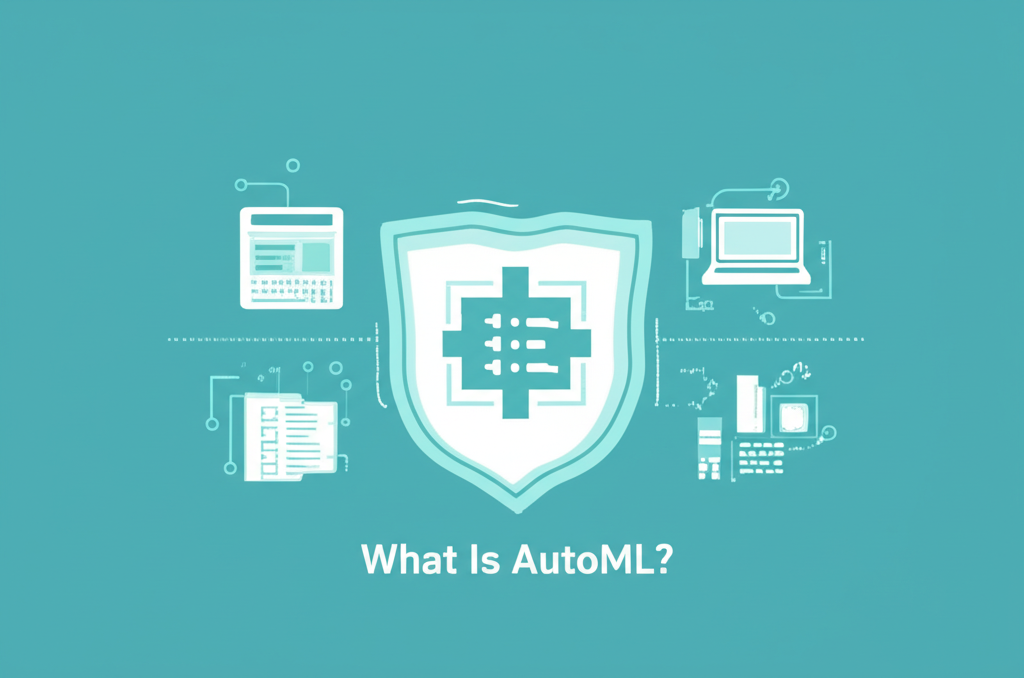
Amazon’s Technical Academy is Gone. Here’s What Replaced It (and Your Best Path Forward).
THE BIG UPDATE: So, you heard the stories about the legendary Amazon Technical Academy (ATA) and came looking for your golden ticket into a tech career. I get it. As a career advisor, I’ve seen the hope this program inspired. But it’s important to know that as of 2025, ATA is no longer a standalone program and isn’t accepting new applications. It has evolved and been integrated into the new AWS Cloud Institute. Don’t worry, the dream isn’t over. This guide will walk you through what ATA was, why it changed, and—most importantly—your best alternative pathways to that life-changing tech job.
For years, Amazon Technical Academy was the stuff of legend. It was a nine-month, paid, intensive training program that took Amazon employees from non-technical roles—warehouse workers, marketers, customer service reps—and forged them into full-time Amazon software engineers. It was a powerful symbol of Amazon’s $1.2 billion commitment to upskilling its workforce, and it genuinely changed lives. But as the tech landscape has shifted, so has Amazon’s strategy.
Your Guide to What’s Next
What Was the ATA Legend All About?
Imagine telling your family you work in a fulfillment center, and then, less than a year later, telling them you’re a software engineer working on Twitch Prime. That’s not a movie plot; that was the reality for ATA graduates. The program was a true career alchemy, spinning diverse professional backgrounds into pure tech gold.
Life-Changing Numbers
This wasn’t just a title change; it was a financial transformation. With average graduate salaries hitting $152,287 a year, according to 2025 ZipRecruiter data, participants often doubled or tripled their income. It was one of the most effective social mobility engines in the corporate world.
To get in, you had to be a “blue badge” Amazon employee for at least a year and have your manager’s blessing. But here’s what made it special: you didn’t need a computer science degree. You just needed potential, grit, and alignment with Amazon’s famously peculiar culture.
The Three Trials: How You Got In
Getting into ATA was a competitive, multi-stage triathlon designed to find hidden gems within Amazon’s vast workforce. It wasn’t about what you already knew; it was about how you thought.

The ATA assessment was a blend of logic, cultural fit, and foundational technical aptitude.
Trial 1: The Reasoning Test (The Brain)
First, you faced the AMCAT, an adaptive reasoning test. It was a 35-minute gauntlet of logic puzzles and analytical questions designed to see if you could think like a programmer—spotting patterns and breaking down complex problems.
Trial 2: The Work Style Assessment (The Heart)
Next came the personality test, Amazon-style. This was all about seeing if you genuinely embodied Amazon’s 16 Leadership Principles. Did you have “Customer Obsession”? A sense of “Ownership”? The all-important “Learn and Be Curious”? This was the culture fit test.
Trial 3: The Technical Challenge (The Hands)
Finally, a 3-hour, proctored technical assessment in Java. It didn’t require you to be an expert, but it tested your ability to grasp basic programming concepts and apply logic to solve problems. It was the final gate to a new career.
Inside the 9-Month Pressure Cooker
Once accepted, participants entered a nine-month pressure cooker. It was intense, fast-paced, and immersive. The curriculum was a carefully designed ladder, taking students from “Hello, World!” in Java to building scalable backend systems on AWS.
What made it work wasn’t just the content, but the incredible support system. As one grad put it, “there was so much support throughout that it was not hard to keep up.” With dedicated instructors, peer groups, and mentors from Amazon’s engineering ranks, it was a true apprenticeship for the digital age.
The Big Shift: What Replaced the Golden Ticket?
So if ATA was so great, why did it disappear? My initial reaction when they announced the change was one of disappointment. It felt like a huge loss. But actually, thinking about it more, the change might be a net positive for the tech community as a whole.
Amazon didn’t kill the program; they evolved it. They took the lessons learned from ATA’s success and rolled them into the new, public-facing AWS Cloud Institute. The “why” is simple: scalability. Amazon had surpassed its goal of training 29 million people in cloud skills and realized the ATA model could be expanded beyond its own walls to address the global tech skills gap. The secret passage was opened up for everyone to use, but now there’s a toll to enter.
The Key Difference: ATA was an internal-only, paid apprenticeship focused on making you an Amazon SDE. AWS Cloud Institute is an external, fee-based program focused on making you a job-ready cloud computing professional for *any* company.
Your Best Alternatives for a Tech Career in 2025
While the original ATA “golden ticket” is gone, its legacy lives on. Here are the best pathways that capture the spirit of ATA today.
Option 1: AWS Cloud Institute (The Direct Successor)
This is Amazon’s official evolution of ATA. It’s an intensive, project-based program designed to get you job-ready in cloud development or machine learning.
Pros: Amazon-designed curriculum, deep focus on in-demand AWS skills, strong industry connections.
Cons: It’s not free. Expect an investment of $4,000-$8,000. It also doesn’t guarantee a job at Amazon like ATA did.
Option 2: Kenzie Academy (The ATA Cousin)
Kenzie Academy has a direct partnership with Amazon to deliver a curriculum heavily based on the original ATA program. It’s the closest you can get to the ATA experience outside of Amazon.
Pros: Proven, ATA-style curriculum; immersive, supportive environment.
Cons: It’s a significant financial investment, often around $20,000. This is a serious commitment, like a private vocational school.
Option 3: The Self-Directed Path (The Modern Trailblazer)
This is for the disciplined self-starter. It involves leveraging high-quality, lower-cost resources to build your own “academy” experience.
Pros: Maximum flexibility, much lower cost, and you build a killer portfolio of projects that proves your initiative.
Cons: It requires immense self-discipline. There’s no instructor chasing you down for assignments. You are entirely your own boss.
A great self-directed path could look like this: Start with free AI training resources, follow a Python for AI guide, and supplement with a top-tier coding bootcamp and an AI skills certification.
The New ROI: From Free Ride to Smart Investment
Let’s talk money. The beauty of ATA was that Amazon paid you to learn. That’s a rare perk. The new landscape requires you to invest in yourself. But the return on that investment can be massive.
Even with a $20,000 investment in a program like Kenzie, going from a $50,000/year job to a $120,000/year software engineering role means you could recoup your entire investment in less than two years. The key is to stop thinking of it as an expense and start seeing it as an investment in your future earning potential. You’re not just buying training; you’re buying a ticket to a completely different career trajectory.
Frequently Asked Questions
Is Amazon Technical Academy permanently closed?
Yes, as a standalone internal program, ATA is no longer accepting applications. Its principles and curriculum have been absorbed into the public-facing AWS Cloud Institute and other upskilling initiatives.
Was ATA really free for Amazon employees?
Yes. Not only was the nine-month program free, but participants also received a monthly stipend (around $3,692) and kept all their employee benefits. It was an incredible deal.
Do I need a college degree for these alternative programs?
Generally, no. Most modern tech training programs, including AWS Cloud Institute and Kenzie Academy, prioritize demonstrated aptitude and problem-solving skills over formal degrees. It’s one of the best things about the tech industry.
What’s the most important skill I need to succeed in these programs?
It’s not a programming language. It’s grit. It’s the resilience to get stuck on a problem for hours, get frustrated, and still come back the next day ready to try again. Technical skills can be taught; that mindset is harder to find.
An Author’s Reflection
As a career transition advisor, I’ve always seen ATA as a beacon. It proved that potential is everywhere and that with the right structure and support, dramatic career change is possible. I was sad to see the original program go. But the more I’ve explored what’s next, the more optimistic I’ve become. The closure of the internal-only ATA wasn’t the end of the dream; it was the democratization of it. The “secret” is out. The curriculum and methods are now accessible to more people than ever before. The path may no longer be a single, company-paved road, but a series of trails you can choose from. It requires more personal initiative and investment, yes, but the destination—a fulfilling, high-impact career in tech—is more attainable than ever. Your golden ticket isn’t gone; you just have to forge it yourself now.





